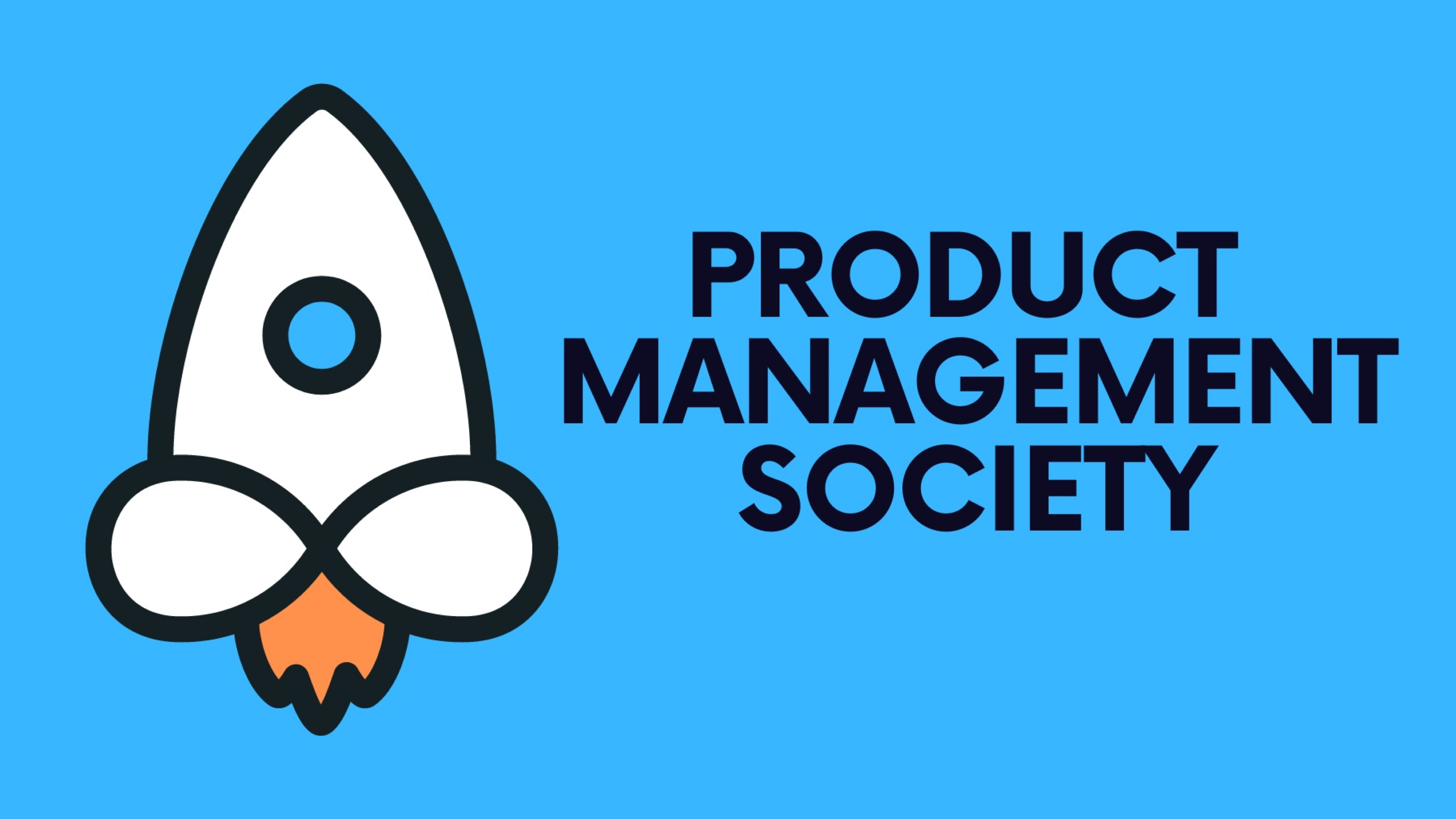The Agile methodology has revolutionized how products are built, making the process more adaptive, collaborative, and focused on delivering value to users. This article introduces aspiring product managers to the principles of Agile methodology and its significance in product management.
Understanding Agile Methodology
Agile is a set of principles for software development under which requirements and solutions evolve through the collaborative effort of self-organizing cross-functional teams. It promotes adaptive planning, evolutionary development, early delivery, and continual improvement, and it encourages flexible responses to change.
Thanks for reading Product Management Society! Subscribe for free to receive new weekly posts 🚀
1. The Agile Manifesto
The foundation of Agile methodology is the Agile Manifesto, which outlines four core values:
- Individuals and interactions over processes and tools
- Working software over comprehensive documentation
- Customer collaboration over contract negotiation
- Responding to change over following a plan
2. Key Principles of Agile
Agile methodology is guided by twelve principles, including customer satisfaction through early and continuous delivery, welcoming changing requirements, delivering working software frequently, and maintaining a constant pace of work.
3. Agile Frameworks
Several frameworks implement Agile principles, including:
- Scrum: Focuses on managing tasks within a team-based environment. It's characterized by fixed-length iterations called Sprints, daily stand-up meetings, and roles such as the Scrum Master and Product Owner.
- Kanban: Emphasizes continuous delivery without overburdening the team. It uses a Kanban board to visualize work as it moves through various stages of the development process.
- Lean: Focuses on maximizing customer value while minimizing waste. It encourages teams to deliver fast by managing flow and continuously improving.
4. The Role of a Product Manager in Agile
In an Agile environment, product managers play a crucial role in defining the vision, managing the product backlog, and ensuring that the team always works on the most valuable features. Responsibilities include:
- Backlog Management: Prioritizing and refining the product backlog to ensure that the team is working on tasks that deliver the most value.
- Stakeholder Collaboration: Working closely with stakeholders to gather requirements and feedback and to communicate the product's progress.
- Iteration Planning: Participating in Sprint planning meetings to define what will be worked on in the next Sprint.
- Feedback Loop Management: Using feedback from users and stakeholders to continually refine and adjust the product roadmap.
5. Benefits of Agile in Product Management
- Flexibility: Agile allows for changes in product requirements based on user feedback and market trends.
- Faster Time to Market: By focusing on iterative releases, products can be launched more quickly.
- Improved Product Quality: Continuous testing and feedback result in higher-quality products.
- Increased Stakeholder Engagement: Regular reviews and updates keep stakeholders informed and engaged.
6. Implementing Agile in Your Product Management Practice
To effectively implement Agile principles in product management, consider the following steps:
- Educate Your Team: Ensure that all team members understand Agile principles and the value they bring to the product development process.
- Start Small: Begin with a single project or team to adopt Agile practices and learn from the experience.
- Use Agile Tools: Leverage software tools designed for Agile project management, such as Jira, Trello, or Asana, to help organize and track progress.
- Foster Open Communication: Encourage regular and open communication among team members and with stakeholders to ensure alignment and address issues promptly.
- Embrace Change: Be prepared to pivot or adjust plans based on feedback and new insights. Agile is all about embracing change to deliver better products to your users.
7. Challenges to Anticipate
While Agile offers numerous benefits, transitioning to an Agile framework can present challenges, such as resistance to change, difficulty in adapting to new roles, or challenges in managing distributed teams. Effective leadership, clear communication, and ongoing training can help overcome these obstacles.
8. The Future of Agile in Product Management
As the digital landscape continues to evolve, Agile methodologies will remain at the forefront of product management. The principles of Agile are not just limited to software development but are increasingly being applied across various industries and projects. The future of product management is one that is Agile, user-focused, and adaptable to the ever-changing market dynamics.
Conclusion
Agile methodology offers a flexible, efficient framework for product development. By embracing Agile principles, aspiring product managers can lead teams more effectively, adapt to changing market demands, and deliver products that truly meet user needs. As you continue your journey in product management, consider how Agile practices can enhance your approach and contribute to your team’s success.
Stay tuned for our next article, "Lean Product Development: Maximizing Efficiency," where we'll delve deeper into the principles of Lean methodology and its application in product management.
If you’re finding this newsletter valuable, consider sharing it with friends, or subscribing if you aren’t already. Also, consider coming to one of our Meetups and following us on LinkedIn ✨
Thanks for reading Product Management Society! Subscribe for free to receive new weekly posts 🚀







